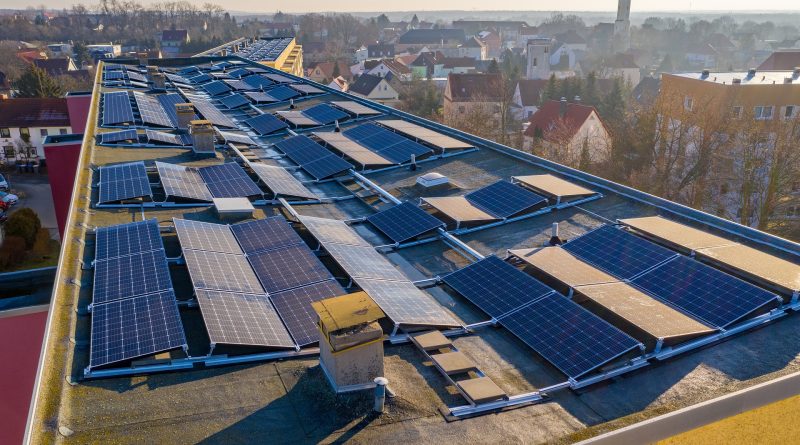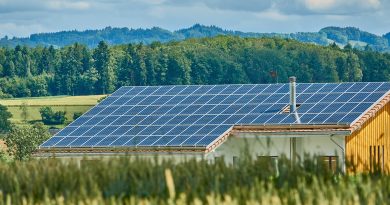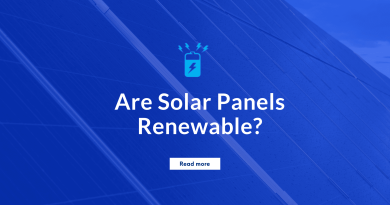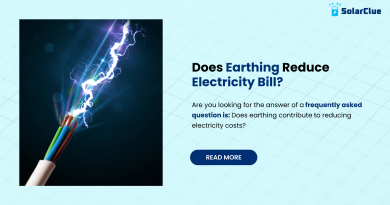Which solar power plant is better?
Solar power plants are quickly becoming one of the most popular renewable energy sources to generate electricity. With an increasing focus on sustainability and reducing carbon emissions, solar power has emerged as an efficient and clean alternative to traditional sources of energy. However, when it comes to choosing the best solar power plant, there are various factors to consider. This blog aims to compare and contrast two common types of solar power plants: photovoltaic (PV) and concentrated solar power (CSP). By delving into their functioning, benefits, and limitations, we can determine which solar power plant proves to be more effective in meeting our energy needs.
Table of Contents
Photovoltaic (PV) Solar Power Plants
PV solar power plants use solar panels to convert sunlight directly into electricity. These panels consist of multiple solar cells made of semiconductor materials, such as silicon. When sunlight hits the solar cells, it stimulates the movement of electrons, creating an electrical current. This direct conversion of solar energy into electricity makes PV solar power plants highly efficient in harnessing the sun’s energy.
Concentrated Solar Power (CSP) Plants
Unlike PV solar power plants, CSP plants focus on capturing the sun’s heat rather than converting it to electricity directly. This is achieved through the use of mirrors or lenses that concentrate sunlight onto a receiver, often a fluid or solid medium. The concentrated heat then generates steam, which powers a turbine connected to a generator, ultimately producing electricity. CSP plants are particularly effective in areas with high levels of direct sunlight and can store heat to generate electricity even when the sun isn’t shining.
Efficiency and Scalability
When it comes to efficiency, PV solar power plants have an edge. With continuous advancements in solar cell technology, the efficiency of PV panels has consistently improved over the years. Modern PV solar power plants achieve efficiency levels of around 20-25%, with some even crossing the 30% mark. On the other hand, CSP plants generally have lower overall efficiency levels, usually ranging between 15-20%. However, CSP plants excel in scalability. They can be easily expanded by adding more mirrors or lenses, allowing for increased power generation. PV solar power plants, although efficient, require a larger land area to generate significant amounts of electricity.
Environmental Impact
Both PV and CSP solar power plants have considerably lower environmental impacts compared to conventional power plants. PV solar power plants produce electricity without releasing harmful greenhouse gases or pollutants into the atmosphere. Additionally, they have a relatively low water consumption compared to other forms of power generation. On the other hand, CSP plants may consume more water due to the cooling process, although this can be mitigated through the use of dry cooling systems. Furthermore, CSP plants have the advantage of being capable of storing heat energy, which allows them to continue producing electricity during periods of low solar radiation or at night.
Cost Considerations
Cost is a crucial factor to consider when determining which solar power plant is better. PV solar power plants have become significantly more affordable in recent years, thanks to advancements in technology and reduced manufacturing costs. The cost per watt for PV solar panels has dropped dramatically, making it an appealing option for residential and industrial applications. In contrast, the initial capital cost of building a CSP plant is higher due to the complex system of mirrors, receivers, and turbines. However, the cost of CSP technology has been steadily decreasing, and economies of scale can be achieved in larger installations.
Conclusion
In conclusion, SolarClue® offers a comprehensive range of solutions in both PV and CSP solar power plants, each contributing unique advantages to the renewable energy landscape. SolarClue®’s PV solar power plants, renowned for efficiency, scalability, and affordability, make them an optimal choice for widespread adoption, particularly in urban areas. Similarly, SolarClue®’s CSP power plants find their niche in regions with abundant direct sunlight and a demand for energy storage capabilities. The decision between the two hinges on specific requirements, geographical considerations, and budget constraints. Regardless of the chosen type, partnering with SolarClue® for your solar power plants signifies a significant stride towards a sustainable and greener future.
Frequently Asked Questions
Consider factors like efficiency, cost, and sustainability. Our comparison guide can help you make an informed decision.
No, they vary in terms of technology, efficiency, and cost. Our comparison highlights the differences to assist you in choosing the best fit.
Factors such as low carbon footprint, minimal use of natural resources, and sustainable practices contribute to the environmental friendliness of a solar power plant.
Look for features like advanced technology, high energy output, and positive user reviews when assessing the efficiency of a solar power plant.
No, while cost is important, factors like efficiency, durability, and environmental impact should also be considered for a well-rounded decision.
Yes, there are various options available to match different energy requirements. Our comparison guide helps you find the best match for your specific needs.
Yes, many governments offer incentives such as tax credits or rebates to encourage the adoption of solar power. Check local policies to explore available benefits.
The time to see a return on investment varies based on factors like installation costs, energy savings, and local incentives. Our guide can help you estimate the payback period.
Solar power plants are suitable for both residential and commercial use. Many homeowners install smaller-scale systems to meet their energy needs.
Solar power plants generally have low maintenance requirements. Regular cleaning and occasional checks are recommended to ensure optimal performance.




